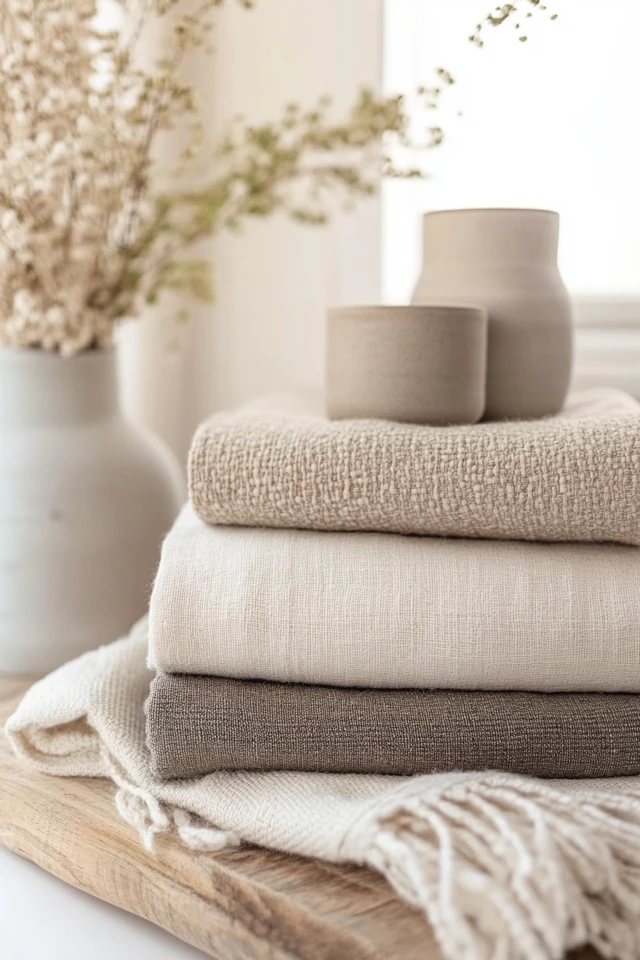A neutral color palette is the epitome of timeless elegance. It creates a calming and versatile backdrop that works in any space, from minimalist modern homes to cozy, rustic retreats. But while neutral colors are effortlessly chic, they can also feel flat or uninspired if not styled thoughtfully. The key is knowing how to layer textures, tones, and accent pieces to bring your neutral decor to life.
I’ve always loved the challenge of working with neutral palettes. One of my favorite projects involved a small living room with white walls, beige furniture, and warm wooden accents. By layering soft throws, textured rugs, and a few metallic accessories, we turned a plain space into a cozy haven with depth and character. That experience solidified my belief that decorating with neutrals is anything but boring—it’s an opportunity to be creative and let subtle details shine.
In this guide, I’ll share the best tips for decorating a neutral color palette to ensure your home feels sophisticated, welcoming, and anything but dull.
Why Choose a Neutral Color Palette?
Neutral colors—think whites, beiges, greys, and taupes—are the unsung heroes of interior design. Here’s why they’re a great choice:
1. Timeless Appeal
Neutrals never go out of style and provide a classic look that works year after year.
2. Versatility
They pair beautifully with any design style, from modern to farmhouse to industrial.
3. Calm and Serenity
Neutral tones create a soothing and relaxing atmosphere, perfect for living spaces and bedrooms.
4. Easy to Build On
A neutral base allows you to experiment with different textures, patterns, and pops of color over time.
1. Layer Textures to Add Depth
When working with neutral tones, texture is your best friend. It adds dimension and keeps the space from feeling flat.
How to Add Texture:
- Mix fabrics like linen, cotton, wool, and velvet in your throws, pillows, and upholstery.
- Incorporate textured rugs, like jute, sisal, or shag, to ground the space.
- Use woven baskets, wooden accents, or ceramic vases for a tactile element.
Pro Tip: Place a chunky knit throw on a smooth leather sofa to create a striking contrast.
2. Play With Tones and Shades
Neutral doesn’t mean monochrome! Use a mix of shades within the neutral spectrum to create depth and interest.
How to Mix Tones:
- Combine warm neutrals like beige, cream, and taupe with cool neutrals like grey and white.
- Add contrast by pairing light walls with dark furniture or vice versa.
- Experiment with “greige,” a blend of grey and beige, for a modern, sophisticated look.
Pro Tip: Stick to three to four tones within your palette to keep the look cohesive.
3. Incorporate Natural Materials
Natural materials bring warmth and authenticity to neutral spaces, enhancing their calming effect.
How to Use Natural Elements:
- Add wooden furniture, whether it’s a distressed coffee table or sleek oak shelving.
- Use stone or concrete for tabletops, countertops, or decorative accents.
- Incorporate plants or dried greenery to add a touch of organic color.
Pro Tip: Go for furniture with visible wood grain or live edges for a rustic, earthy vibe.
4. Introduce Patterns Sparingly
Subtle patterns can liven up a neutral space without overpowering the palette.
How to Add Patterns:
- Use striped or geometric throw pillows on a plain sofa.
- Incorporate patterned rugs, like Moroccan or kilim designs, in muted tones.
- Choose curtains or bedding with soft, tonal prints for added interest.
Pro Tip: Stick to neutral-toned patterns to keep the look cohesive and understated.
5. Add Metallic or Reflective Accents
Metallics like gold, silver, and bronze can elevate neutral spaces by adding a touch of glamour and shine.
How to Use Metallics:
- Use a brass or chrome lamp to create a focal point on a neutral side table.
- Add a large mirror with a metallic frame to reflect light and open up the space.
- Use metallic trays, candlesticks, or vases as decorative accents.
Pro Tip: Mix metallic finishes for a layered, contemporary look.
6. Play With Proportions and Scale
To keep a neutral room dynamic, mix furniture and decor with varying proportions.
How to Balance Scale:
- Pair oversized furniture, like a large sectional, with delicate side tables or stools.
- Use tall floor lamps or plants to draw the eye upward and add vertical interest.
- Layer a small textured rug over a larger flatweave rug to add dimension.
Pro Tip: Choose one or two oversized pieces to act as focal points, keeping other elements more subdued.
7. Incorporate Black or Dark Accents
A touch of black or charcoal grey can ground your neutral palette and add contrast.
How to Add Dark Accents:
- Use black-framed mirrors, picture frames, or light fixtures.
- Incorporate a dark throw blanket or pillows on a beige or white sofa.
- Add dark furniture pieces, like a matte black coffee table or chair.
Pro Tip: Balance dark accents with lighter elements to keep the space from feeling heavy.
8. Use Art to Create Focal Points
Art adds personality and breaks up the monotony of neutral walls.
How to Choose Art:
- Opt for black-and-white photography or abstract pieces in muted tones.
- Use large-scale artwork as a statement piece above a sofa or bed.
- Incorporate sculptural wall art or gallery walls for added dimension.
Pro Tip: Use simple, neutral frames to maintain cohesion with the overall palette.
9. Layer Lighting for Ambiance
Lighting plays a huge role in how a neutral room feels. Use multiple sources of light to add warmth and depth.
How to Layer Lighting:
- Combine overhead lights with floor lamps, table lamps, and wall sconces.
- Use warm-toned bulbs to create a cozy, inviting atmosphere.
- Highlight textured walls or furniture with accent lighting.
Pro Tip: Add dimmers to your lights for more control over the mood of the space.
10. Personalize With Accessories
The beauty of a neutral palette is that it acts as a blank canvas for personal touches.
How to Personalize Your Space:
- Display books, ceramics, or collectibles in neutral tones.
- Add family photos or sentimental objects to shelves or coffee tables.
- Use seasonal accents, like greenery or cozy throws, to refresh the space.
Pro Tip: Stick to a cohesive color scheme for accessories to maintain the overall harmony of the room.
Picture Gallery
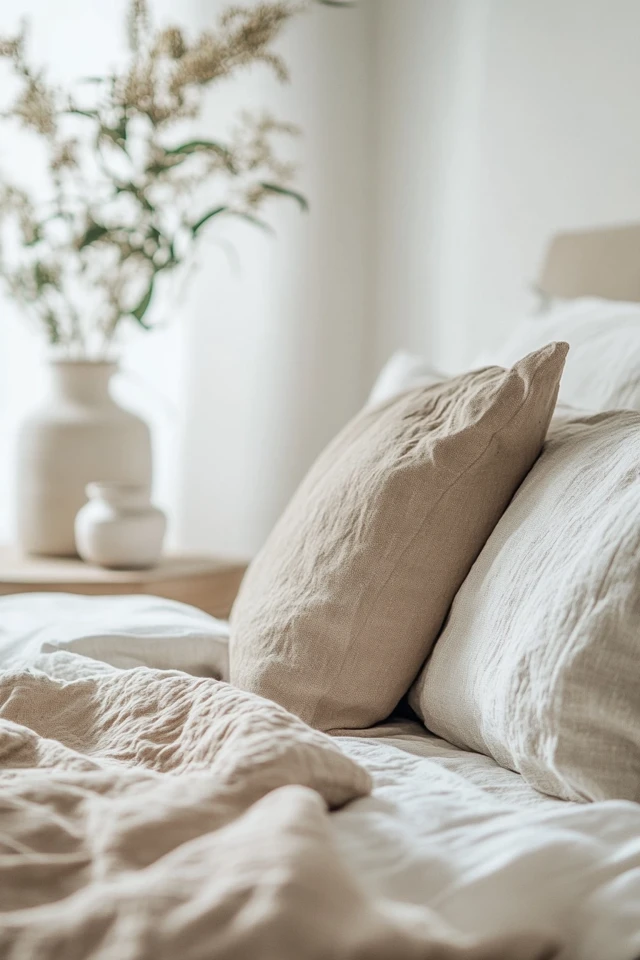
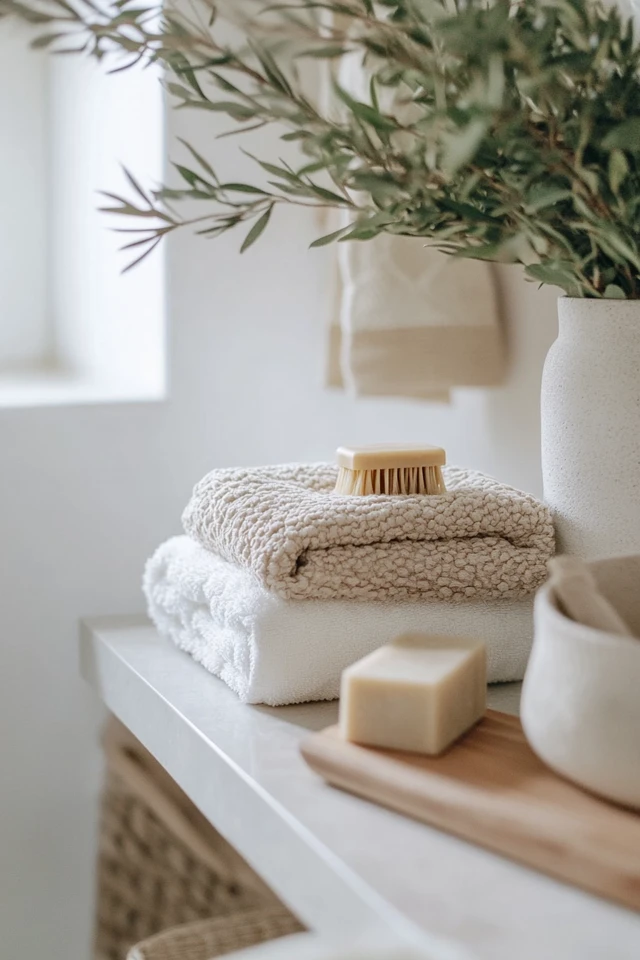
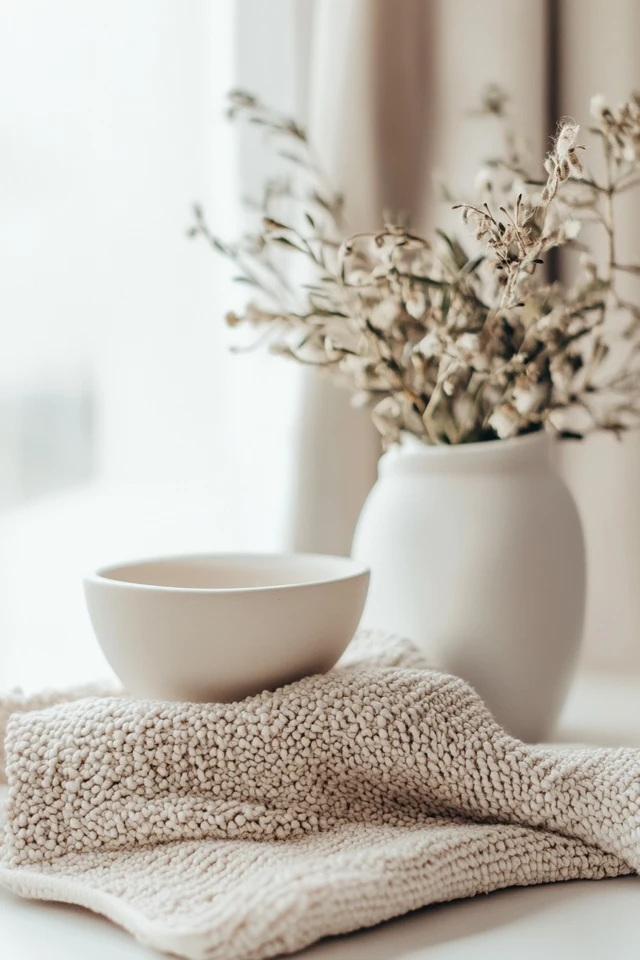
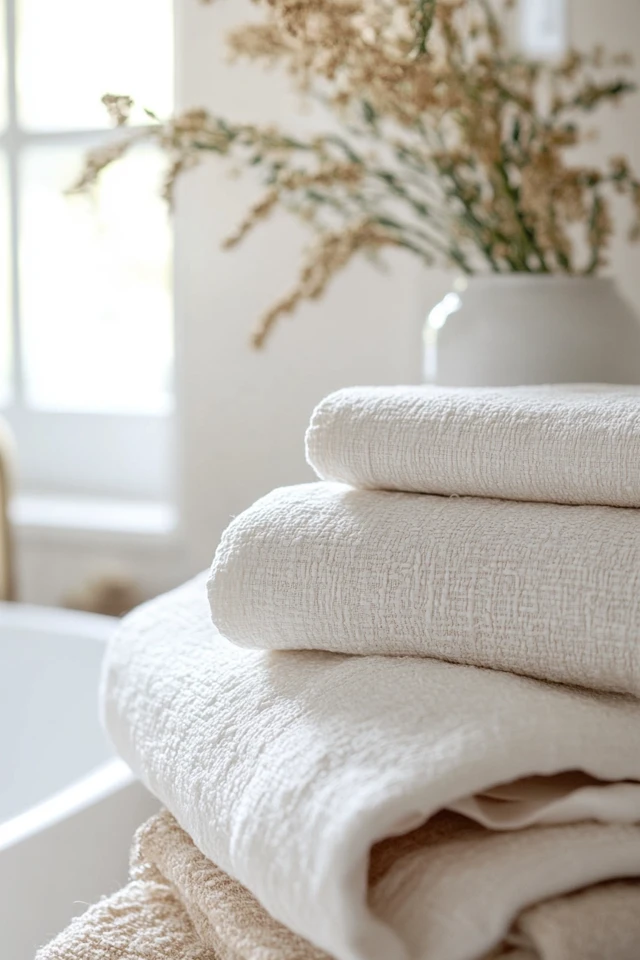
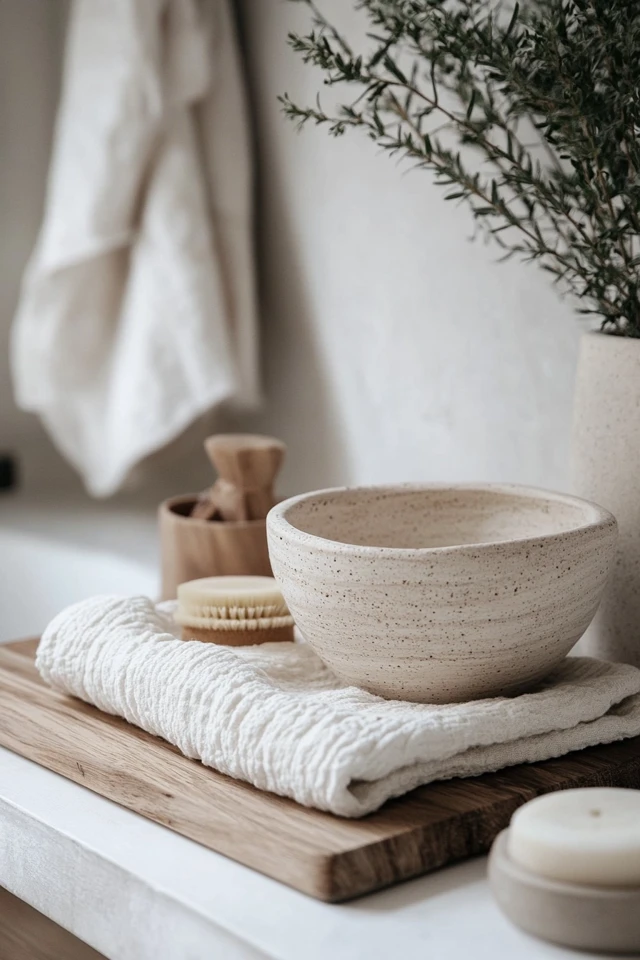
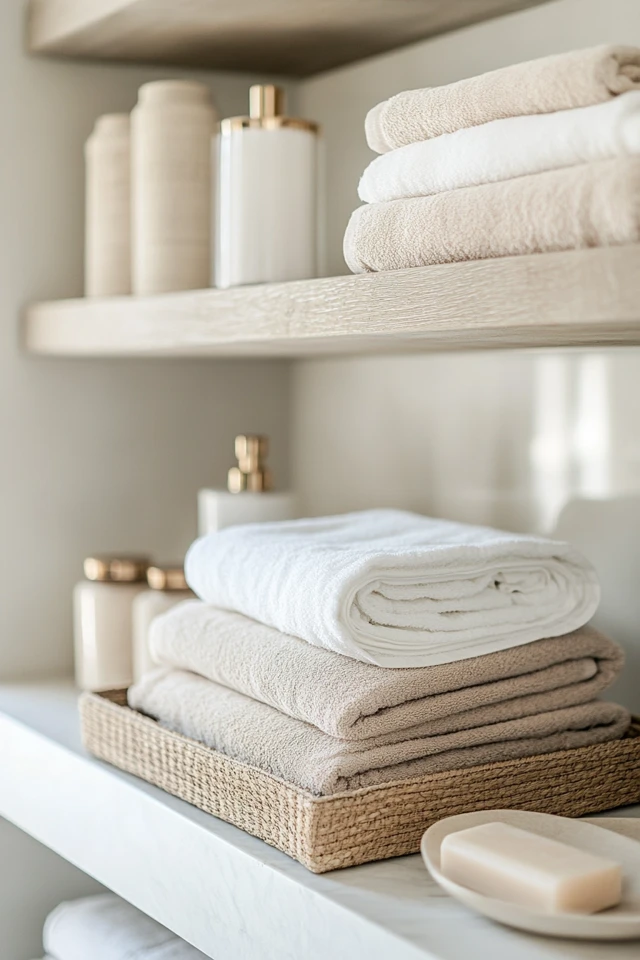
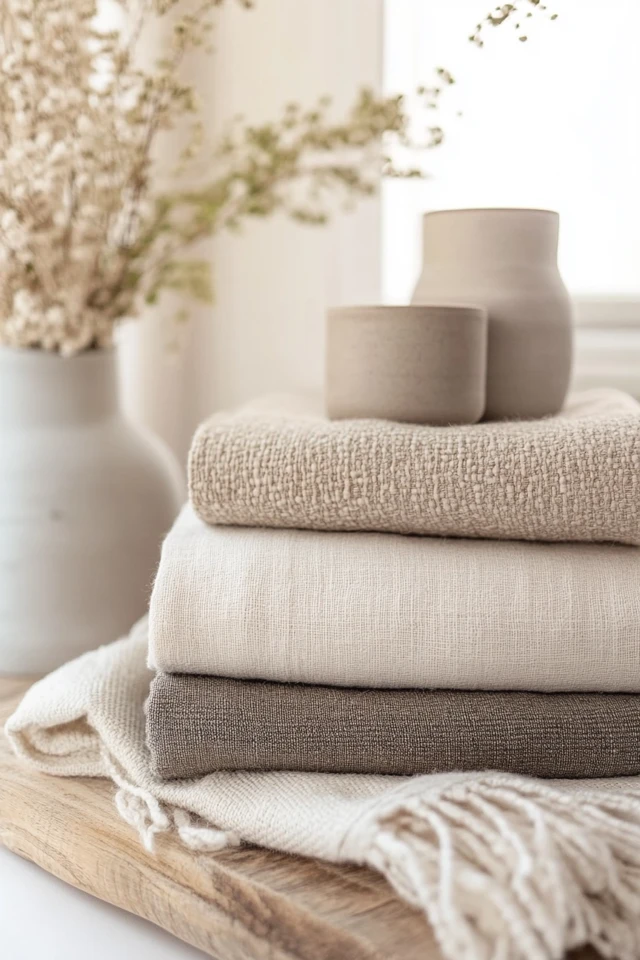
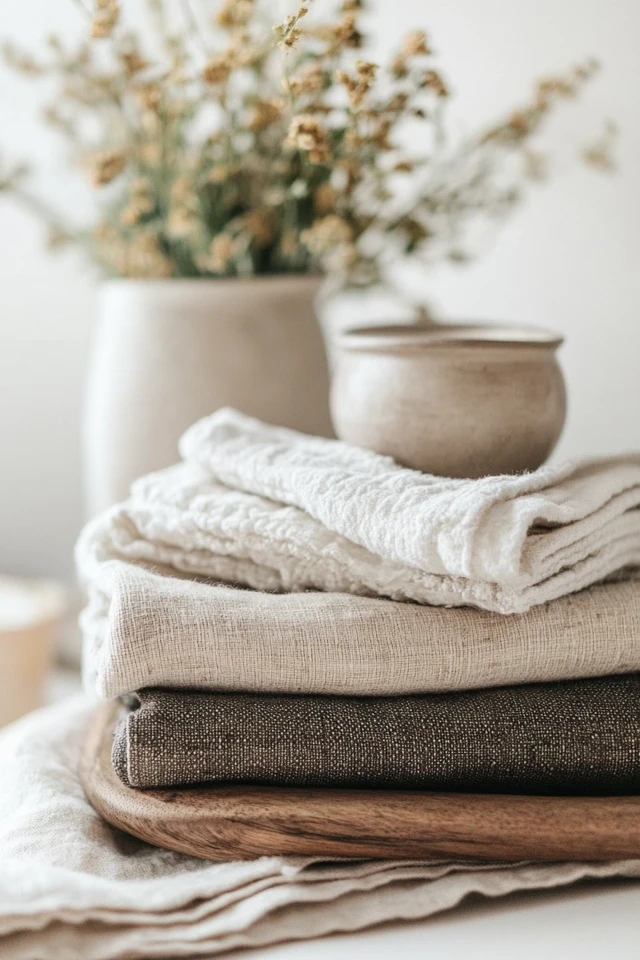
Conclusion
A neutral color palette doesn’t have to mean boring! By layering textures, mixing tones, and adding thoughtful accents, you can create a space that feels cozy, elegant, and uniquely yours. Whether you’re drawn to warm, earthy tones or cool, minimalist shades, neutrals offer endless versatility and timeless appeal.
So embrace the power of subtlety, and let your neutral palette shine with depth and personality. Ready to transform your space? Start layering, styling, and accessorizing today!
FAQs
1. What colors are considered neutral?
Neutral colors include shades of white, beige, grey, taupe, and greige. Soft muted tones like cream and off-white also fall into this category.
2. How can I make a neutral room feel cozy?
Add warmth with textured throws, plush rugs, wooden accents, and warm-toned lighting. Layer different materials to create a welcoming vibe.
3. Can I add pops of color to a neutral palette?
Absolutely! Use muted pastels or earthy tones like sage green or terracotta to add subtle pops of color without overpowering the neutral base.
4. Are neutrals good for small spaces?
Yes! Neutral colors can make small spaces feel larger and more open. Stick to lighter tones to maximize the effect.
5. How do I avoid a neutral room feeling bland?
Incorporate a mix of textures, patterns, and contrasting tones. Use dark accents, metallic finishes, or artwork to add interest and character.

